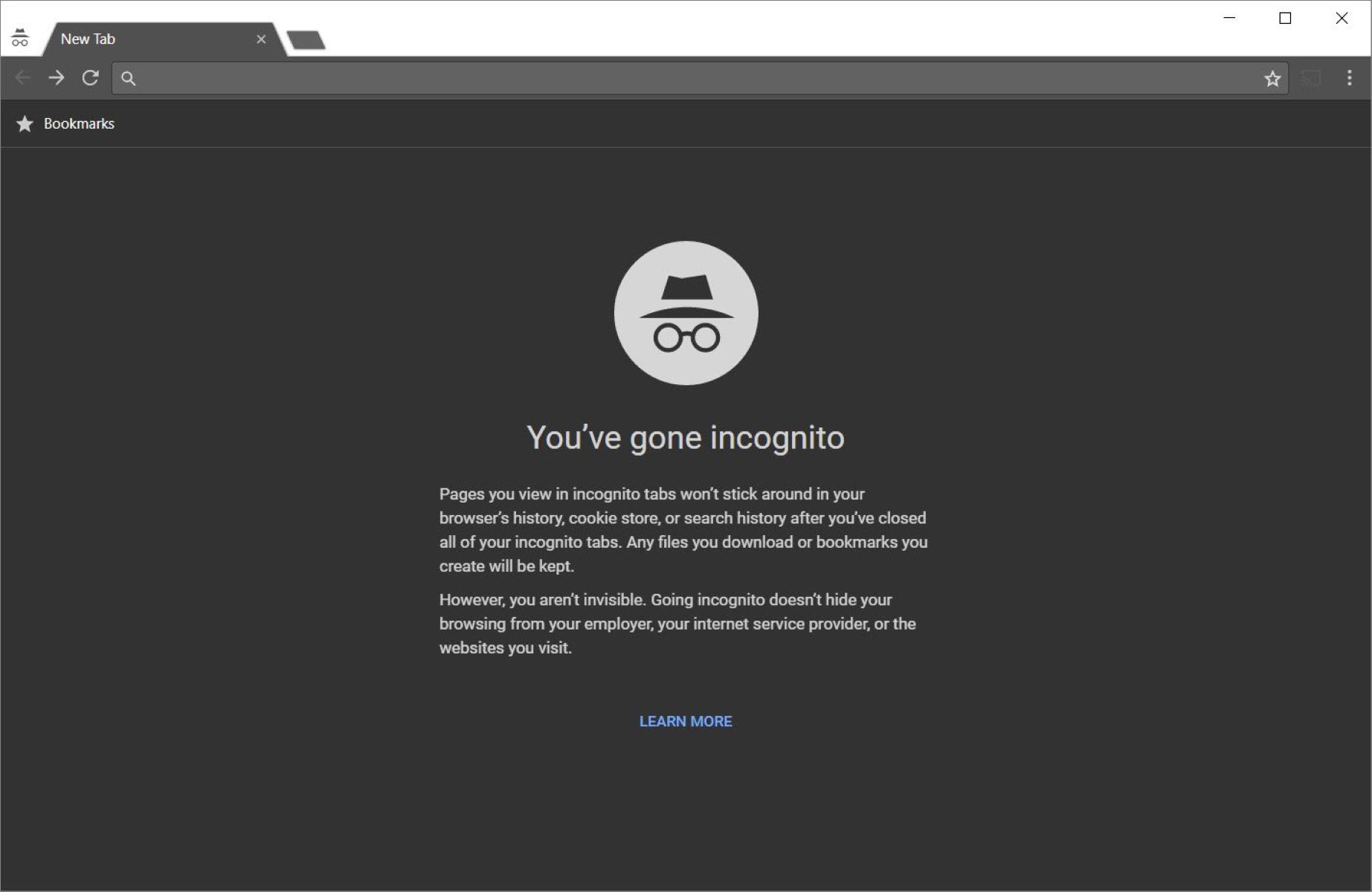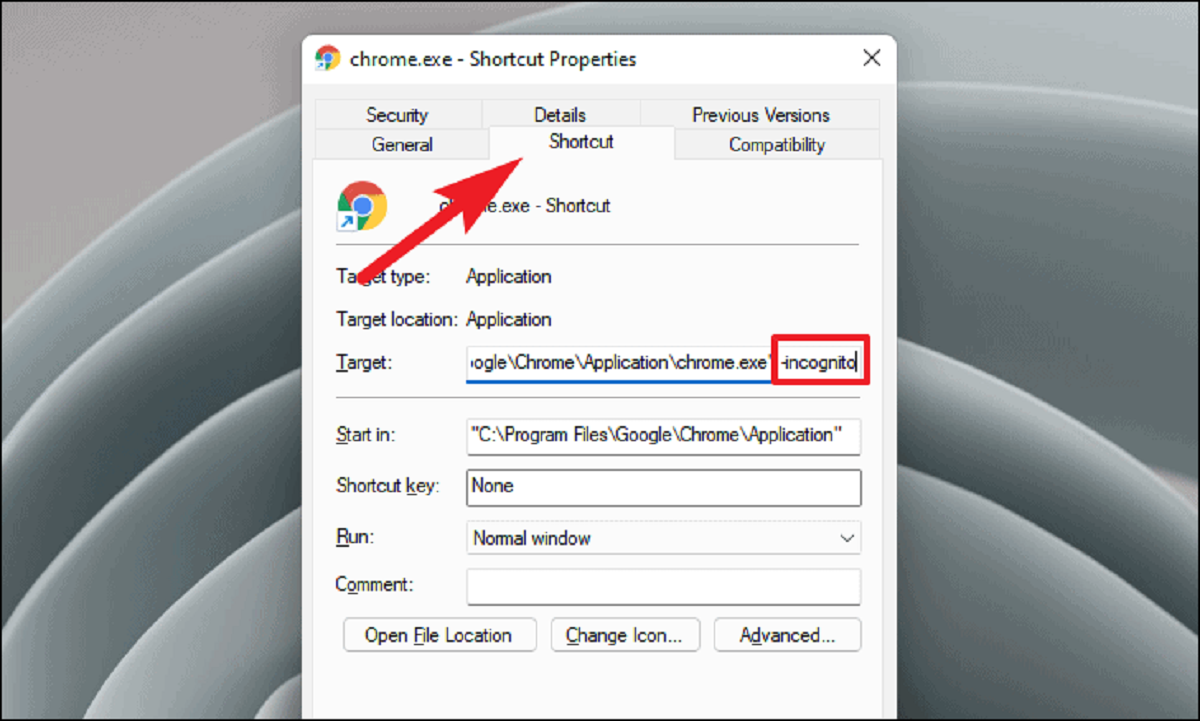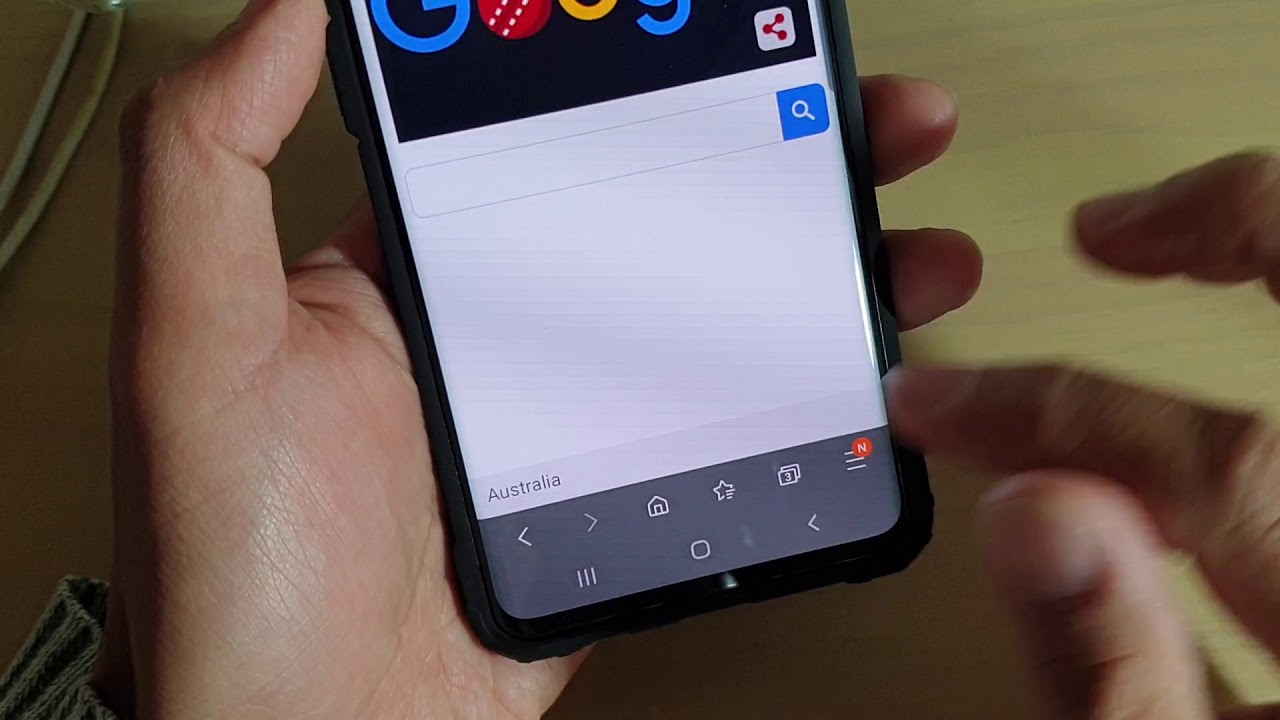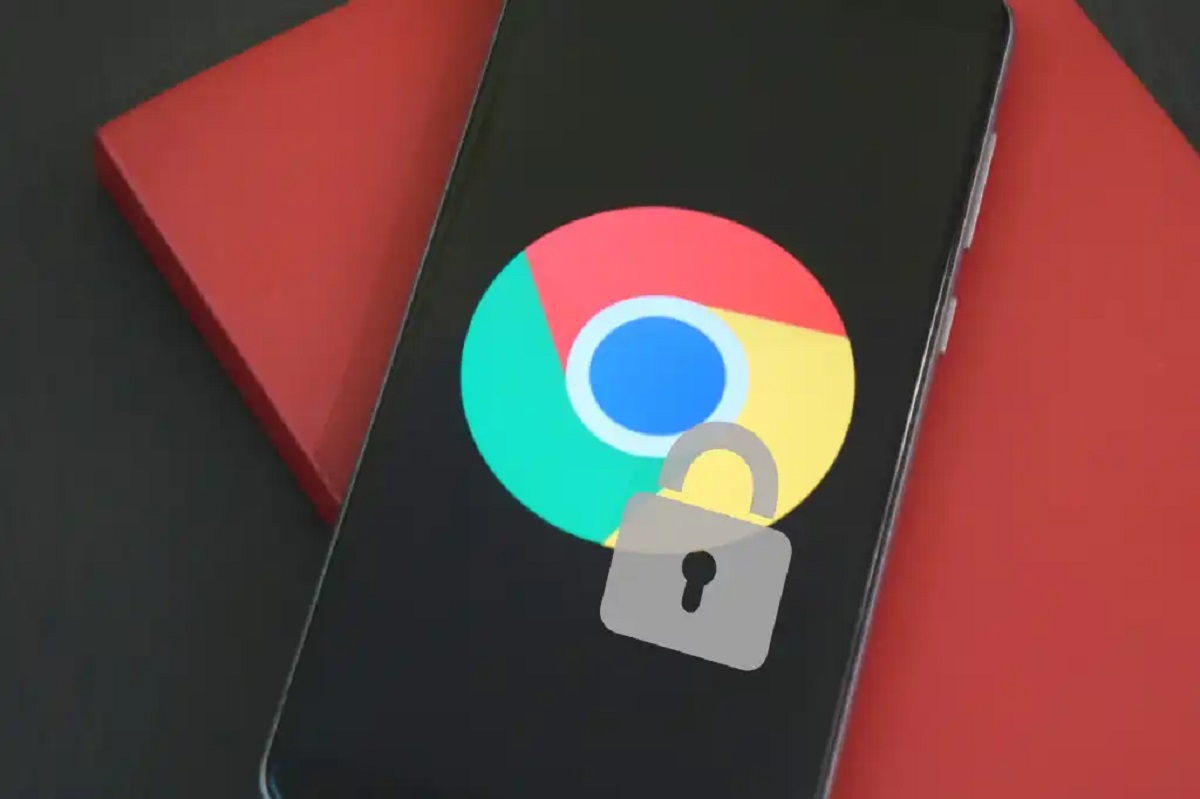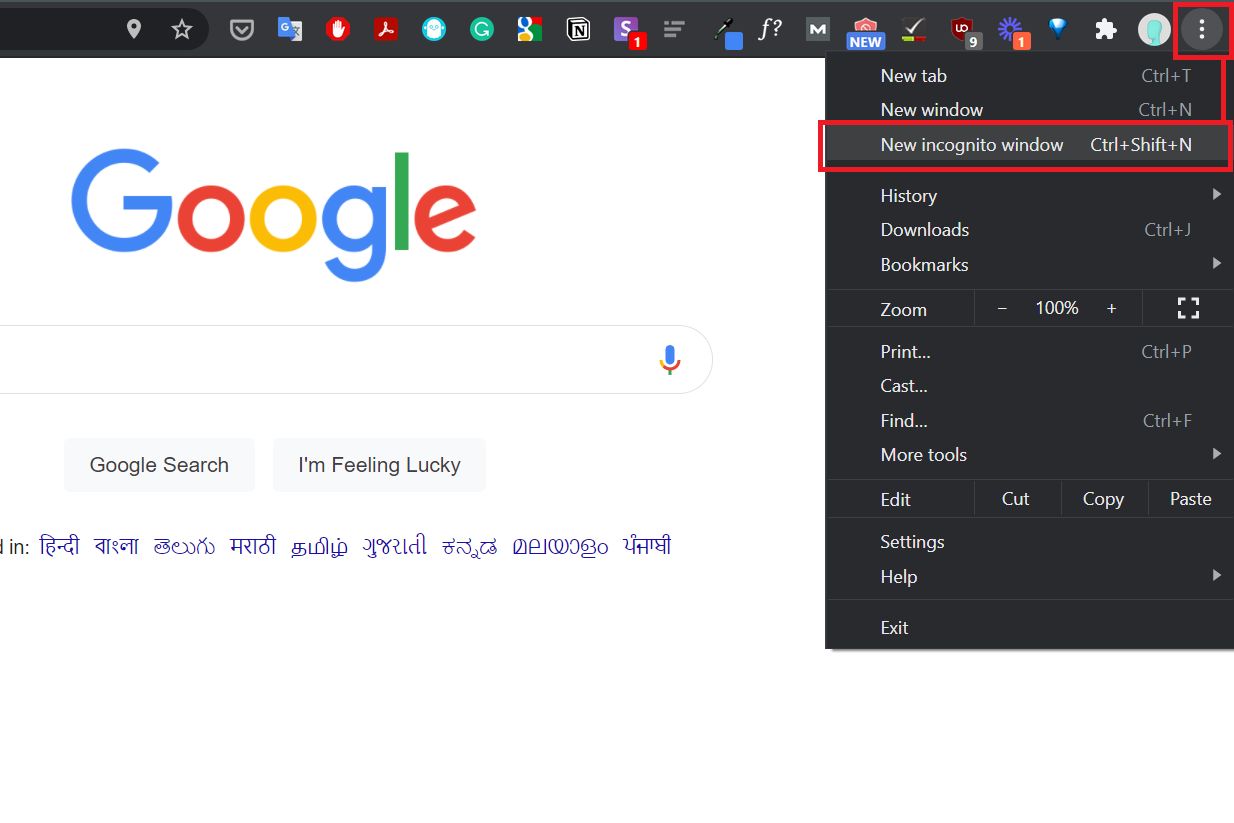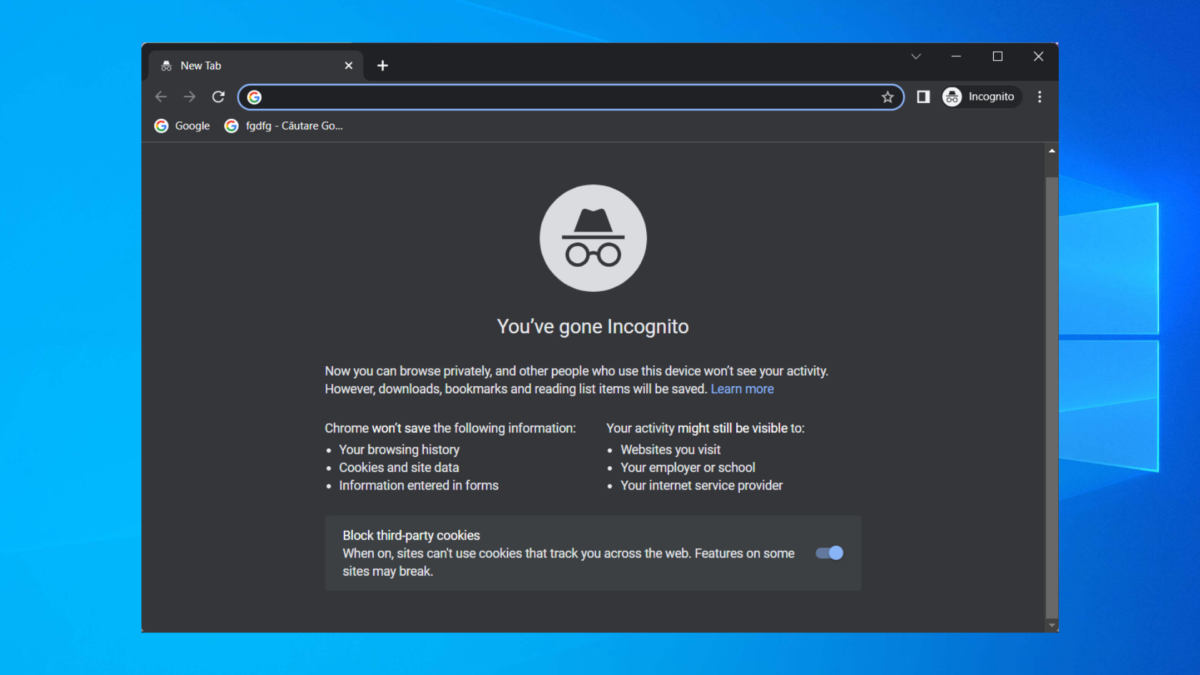Introduction
Have you ever noticed that when you open your web browser, it seems to automatically start in incognito mode? You may be wondering why this is happening and if there is anything you can do to change it. In this article, we will explore the reasons behind your browser opening in incognito mode and discuss potential solutions.
First, let’s clarify what exactly incognito mode is. Incognito mode, also known as private browsing or privacy mode, is a feature present in most modern web browsers that allows users to browse the internet without leaving any traces of their online activity. When you open your browser in incognito mode, it doesn’t save your browsing history, cookies, or temporary internet files. This can be useful for various purposes, such as accessing sensitive information or avoiding personalized search results.
Now, let’s address the question: why does your browser open in incognito mode? There are a few potential reasons for this, ranging from third-party extensions or plugins to malware or adware infections to default browser settings.
What is Incognito Mode?
Incognito mode, also known as private browsing or privacy mode, is a feature that is available in most web browsers. When you open a new tab or window in incognito mode, your browser operates in a way that doesn’t save your browsing history or store any data related to your online activity. This means that when you use incognito mode, your browser won’t remember the websites you visit, the searches you make, or any other information that could be stored and accessed later.
Incognito mode provides a level of privacy and anonymity for users who want to browse the internet without leaving behind a trail of digital footprints. It can be particularly helpful in certain situations, such as when you’re using a shared computer, accessing sensitive information, or researching something that you don’t want to be associated with your regular browsing habits.
While using incognito mode, your browser still connects to the internet and requests information from websites, but it does so in a way that doesn’t store any temporary data on your device. This means that any information you enter, such as login credentials or form data, will not be saved after you close the incognito window.
It’s important to note that while incognito mode can enhance privacy and prevent others who have access to your device from seeing your browsing history, it doesn’t make you completely anonymous online. Your internet service provider, websites you visit, and other network-level entities can still track your online activity.
Additionally, incognito mode does not provide protection against malware, phishing attacks, or other online threats. It primarily focuses on preventing your browsing history and data from being stored locally on your device.
Now that we understand what incognito mode is, let’s dive into the reasons why your browser may be opening in incognito mode automatically.
Why Does My Browser Open in Incognito Mode?
If your browser consistently opens in incognito mode without your intention, there can be a few potential reasons behind this behavior. Let’s explore some common causes:
1. Third-party Extensions or Plugins
One possibility is that you have installed a third-party extension or plugin in your browser that is set to open in incognito mode by default. Some privacy or security-related extensions have this feature enabled to ensure your online activity remains private. To check if this is the case, you can disable or remove the extensions one by one and see if the issue persists.
2. Malware or Adware
Another reason for your browser opening in incognito mode without your consent could be malware or adware infections. Malicious software can modify your browser settings to force it into incognito mode as a way to monitor or capture your browsing activity. It’s essential to run a reliable antivirus and anti-malware scan to detect and remove any threats on your system.
3. Browser Settings
Your browser settings could cause it to open in incognito mode by default. Many browsers offer the option to configure the startup behavior, and if it’s set to always open in incognito mode, that could be the reason. To check and modify this setting, you can go to the browser’s settings menu and look for the “Startup” or “On startup” section.
It’s worth noting that the steps to change these settings may vary depending on the browser you are using. However, most browsers have a straightforward and intuitive interface for managing startup preferences.
By identifying the underlying cause of your browser opening in incognito mode, you can take appropriate actions to resolve the issue. Let’s move on to the next section, where we discuss how to disable incognito mode and return your browser to its default browsing state.
Third-party Extensions or Plugins
If your browser consistently opens in incognito mode without your intention, one possible cause could be the presence of third-party extensions or plugins that are set to open in incognito mode by default. While these extensions can provide additional functionality or enhance privacy, they can also override your browser settings and force it into incognito mode.
To determine if a third-party extension or plugin is causing the issue, follow these steps:
1. Open your browser and navigate to the extensions or plugins settings. In most browsers, this can be accessed through the browser’s menu or settings.
2. Disable or remove extensions one by one, starting with those related to privacy, security, or browsing.
3. After disabling or removing each extension, restart your browser and check if it still opens in incognito mode.
By systematically disabling or removing extensions, you can identify the specific extension that is causing the problem. Once the problematic extension is identified, you can choose to either keep it disabled, remove it entirely, or seek an updated version that resolves the issue.
It’s important to carefully review the permissions and functionality of extensions or plugins before installing them. Some extensions, especially those from less reputable sources, may have hidden features or modify browser behavior without your knowledge. Stick to trusted sources and regularly update your extensions to minimize potential problems.
If the issue persists even after disabling or removing all extensions, it’s advisable to scan your system for malware or adware infections, as these can also meddle with your browser settings and force it into incognito mode. Additionally, it’s a good practice to regularly review your extensions and remove any that you no longer need or use. This can help maintain the performance and security of your browser.
Now that we’ve explored the possibility of third-party extensions or plugins causing your browser to open in incognito mode, let’s move on to the next potential cause: malware or adware infections.
Malware or Adware
If your browser consistently opens in incognito mode without your intention, malware or adware infections could be the culprit. Malicious software can modify your browser settings, including startup behavior, and force it to open in incognito mode to track your browsing activity or display targeted ads. Here’s what you can do to address this issue:
1. Run Antivirus and Anti-Malware Scans
Perform a thorough scan of your system using reliable antivirus and anti-malware software. These security tools are designed to detect and remove any malware or adware infections that may be affecting your browser. Make sure to keep your antivirus software updated to effectively identify and eliminate the latest threats.
2. Remove Suspicious or Unwanted Programs
Check your list of installed programs and remove any unfamiliar or suspicious software. Malware or adware can often come bundled with other programs, so it’s crucial to uninstall anything that you didn’t intentionally install or that seems suspicious. Additionally, pay attention to browser-related toolbars or add-ons, as they can also be potential sources of unwanted browser behavior.
3. Reset Browser Settings
If malware or adware has modified your browser settings, it may be necessary to reset your browser to its default state. Most modern browsers have an option to reset settings, which will revert any changes made by malware or adware to their original configuration. Keep in mind that resetting your browser will remove any customizations you have made, such as saved passwords, bookmarks, and extensions, so make sure to back up any essential data beforehand.
After taking these actions, restart your computer and open your browser to see if it still opens in incognito mode. If the issue persists, it’s recommended to seek further assistance from a reputable tech support professional, as the infection may require advanced techniques to remove.
By addressing malware or adware infections, you can restore your browser to its normal functioning and prevent unwanted incognito mode behavior. In the next section, we will explore another potential reason for your browser opening in incognito mode: browser settings.
Browser Settings
One of the reasons your browser may open in incognito mode is due to specific browser settings. These settings can govern the default behavior of your browser when you open a new tab or window. Here are a few possibilities to consider:
1. Startup Preferences
Some browsers allow you to customize the startup behavior, including whether to open a new tab or window in incognito mode. It’s possible that you inadvertently set your browser to always start in incognito mode. To check and modify these settings:
- Open your browser and access the settings menu. The location of these options may vary depending on the browser you use. Look for options such as “Preferences,” “Settings,” or “Options.”
- Navigate to the section related to startup preferences or new tab settings.
- Ensure that the option to open new tabs or windows in normal browsing mode is selected, rather than incognito mode.
Save any changes you make and exit the settings menu. Restart your browser and observe if it still opens in incognito mode.
2. Shortcut Parameters
Another possibility is that your browser shortcut is set to open in incognito mode by default. This can happen if you have modified the properties of the browser shortcut on your desktop or taskbar. To check and edit these properties:
- Locate the browser shortcut on your desktop or taskbar.
- Right-click on the shortcut and select “Properties.”
- In the properties window, look for a field that specifies the shortcut target or path. Check if the target includes any parameters such as “-incognito” or “–private”.
- If such parameters are present, remove them and click “Apply” or “OK” to save the changes.
Try opening the browser using the modified shortcut and see if it still opens in incognito mode.
If the problem persists or you are unsure about modifying these settings, it is recommended to consult the help documentation or support forums specific to your browser. The steps to change these settings may vary, and it’s important to proceed with caution to avoid unintended consequences.
By reviewing and adjusting your browser settings, you can ensure that it opens in the desired mode and resolve any unintentional incognito mode behavior. In the next section, we will discuss how to disable incognito mode altogether, if desired.
How to Disable Incognito Mode
If you find that incognito mode doesn’t serve your browsing needs or you want to disable it for any other reason, here are a few methods you can try:
1. Browser Settings
Most web browsers have an option in their settings to disable incognito mode. To disable it:
- Open your browser and access the settings menu.
- Navigate to the section that deals with privacy or browsing options.
- Look for an option related to incognito mode or private browsing.
- Toggle off or disable the option to turn off incognito mode.
Save any changes you make and restart your browser. Upon reopening, you should find that incognito mode is no longer available.
2. Group Policy Editor (Windows)
For Windows users, it is possible to disable incognito mode through the Group Policy Editor. Keep in mind that this method requires administrative privileges. Here’s how:
- Press the Windows key + R to open the Run dialog box.
- Type “gpedit.msc” and press Enter to open the Group Policy Editor.
- Navigate to “User Configuration -> Administrative Templates -> Google -> Google Chrome”.
- Double-click on “Incognito mode availability” on the right-hand side.
- Select “Enabled” to disable incognito mode.
- Click “Apply” and then “OK” to save the changes.
Restart your browser for the changes to take effect.
3. Third-Party Software
If the above methods don’t work for your specific browser or situation, you can explore third-party software options. Some applications are designed to restrict or disable the incognito mode feature. However, it’s important to research and select trusted software from reputable sources to ensure its effectiveness and compatibility with your browser.
Keep in mind that disabling incognito mode will revert your browser to its default browsing behavior, where your history, cookies, and other browsing data will be saved. If privacy is a concern, consider using alternative privacy-enhancing features or browser extensions to achieve your desired level of anonymity.
By following these methods, you can effectively disable incognito mode on your browser. However, it’s important to remember that the steps and availability of these options may vary depending on the browser you are using. Refer to the browser’s documentation or support resources for detailed instructions specific to your setup.
Conclusion
In this article, we explored the reasons why your browser may open in incognito mode and discussed potential solutions to address this issue. We discovered that third-party extensions or plugins, malware or adware infections, and browser settings can all contribute to the automatic opening of incognito mode.
If you suspect that third-party extensions or plugins are the culprit, try disabling or removing them one by one to identify the problematic one. Additionally, running antivirus and anti-malware scans can help detect and eliminate any malware or adware that may be affecting your browser’s behavior.
Adjusting browser settings, such as startup preferences and shortcut parameters, can also help resolve the issue. Be cautious when modifying these settings and consult the browser’s documentation or support forums if you need assistance.
If you no longer wish to use incognito mode altogether, you can disable it through your browser’s settings or by utilizing the Group Policy Editor in Windows. Alternatively, consider using third-party software specifically designed to restrict or disable incognito mode, ensuring you choose reputable and trusted applications.
Remember, the steps and availability of options may vary depending on the browser you use, so refer to the specific documentation or support resources for detailed instructions.
By understanding the potential causes and implementing the appropriate solutions, you can regain control over your browser’s opening behavior and customize it to best suit your browsing preferences and privacy needs.







